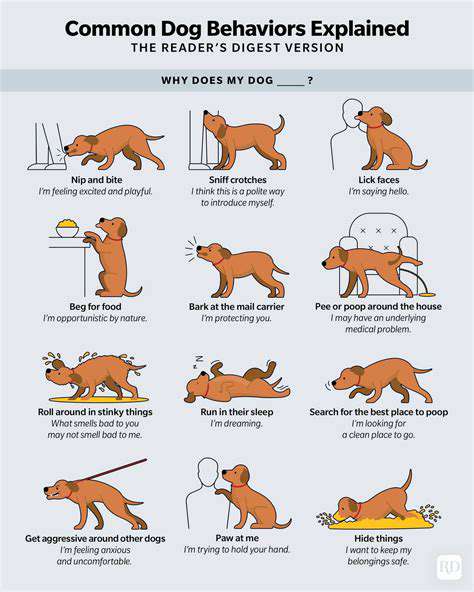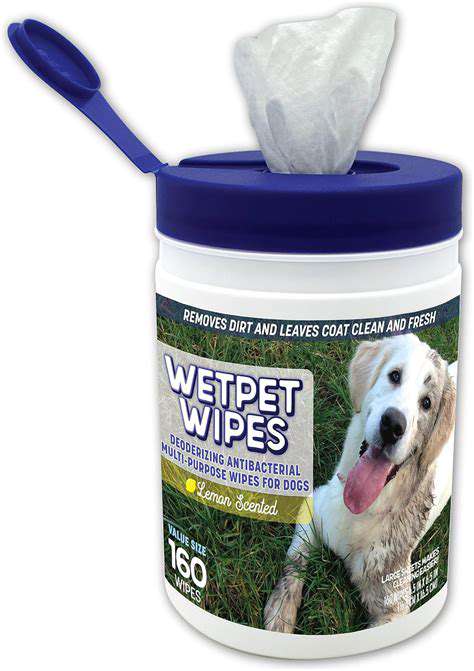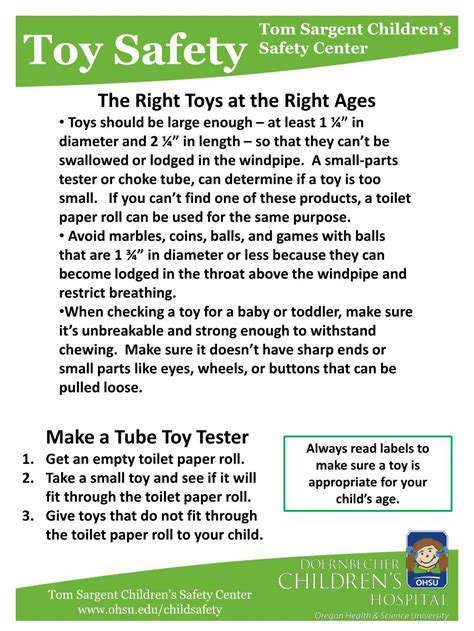Best Ways to Help Shelter Animals Get Adopted Online
Discovering What Searchers Really Want
Knowing what potential pet owners type into search boxes makes all the difference. Comprehensive keyword analysis reveals the exact terms, questions, and phrases people use when hunting for pets online. This goes far beyond basic breed names - think small dog near me, senior cat needing home, or family-friendly canine companion. Pinpointing these search phrases lets you weave them naturally into your listings, dramatically improving visibility in search results.
While tools like Google Keyword Planner offer helpful data, don't overlook simpler methods. Notice what language real adopters use in forums and social media. Pay attention to how neighbors describe their pets at the dog park. This organic research often reveals phrasing that formal tools miss. Blend these authentic expressions throughout your content - in headings, descriptions, and even image captions - to connect with searchers more effectively.
Crafting Descriptions That Spark Connections
Exceptional pet descriptions tell stories rather than list traits. Instead of labeling a dog friendly, show them in action - perhaps how they gently takes treats from toddlers or waits patiently at crosswalks. Describe the way their tail creates miniature dust storms when they spot their leash. These vivid details help potential owners imagine the animal in their daily lives, creating emotional connections that generic descriptions can't match.
Include specific examples of personality quirks: Does the cat tap your elbow when wanting pets? Does the rabbit do happy hops when seeing fresh greens? Such unique behaviors make each animal memorable and help them stand out from countless other listings.
Titles and Headings That Grab Attention
Your listing's title acts as a first handshake with potential adopters. Create clear, engaging titles that capture the animal's essence while including important keywords naturally. Rather than Cat Available, try Affectionate Tabby Seeks Quiet Retirement Home or Playful Tuxedo Kitten Loves Cuddles. These descriptive titles paint mental pictures while improving search visibility.
Break content into scannable sections with descriptive headings that incorporate key terms. For example: Meet Bella: A Gentle Senior Companion or Jax's Ideal Home Environment. This organization helps both search engines and human readers quickly find relevant information.
Images That Tell Their Stories
Photos make the crucial difference between a skipped listing and a saved favorite. Capture animals in natural moments - a dog mid-zoom in the yard, a cat curiously inspecting a sunbeam. Authentic images showing personality create stronger connections than stiff posed shots. Include variety: close-ups of expressive faces, full-body shots showing size, and action shots displaying temperament.
Optimize images for quick loading without sacrificing quality. Compress files appropriately and use descriptive filenames (like friendly-lab-mix-playing-fetch.jpg) to help with search visibility. Remember to add alt text describing each image for accessibility and SEO benefits.

For many, nights offer little relief. Sleep becomes fragmented by vivid dreams or sudden awakenings. Daylight hours bring concentration challenges where simple tasks feel overwhelming. Emotional swings - from irritability with loved ones to unexpected tears - further complicate the healing journey.
Establishing a Powerful Digital Footprint: Why Your Own Website Matters

Developing a Memorable Brand Personality
Creating a standout online identity starts with defining what makes your organization unique. Deeply understanding your ideal adopters allows you to craft messages that truly resonate. Study how similar organizations present themselves, then identify gaps you can fill with your distinctive voice and approach.
Visual consistency builds recognition. Choose a color palette that reflects your mission - perhaps warm tones suggesting compassion or vibrant hues conveying energy. Select fonts that match your personality, whether professional and clean or friendly and approachable. Every visual element should work together to create immediate recognition across platforms.
Making Your Website Search-Friendly
Your website serves as adoption central - the place where interested visitors become committed adopters. Smart SEO practices help the right people find your content when searching. Focus on creating genuinely helpful content that naturally incorporates relevant terms rather than awkwardly forcing keywords.
Mobile optimization isn't optional - most searches now happen on phones. Ensure buttons are thumb-friendly, text remains readable when scaled down, and pages load quickly even on slower connections. A smooth mobile experience keeps potential adopters engaged rather than frustrated.
Engaging Through Social Platforms
Different social channels attract different audiences. Instagram excels for showcasing adoptable pets through photos and short videos, while Facebook allows for longer storytelling and community building. Regular, authentic interaction beats sporadic perfection. Share behind-the-scenes glimpses, success stories, and common questions to build trust and engagement.
Develop a content calendar to maintain consistency without last-minute scrambling. Mix evergreen content (like adoption FAQs) with timely posts (like weekly featured pets). Monitor which content generates the most meaningful interactions rather than just likes, and refine your approach accordingly.
Expanding Reach Through Community Connections and Events

Forging Meaningful Local Partnerships
Effective adoption initiatives thrive through collaborative relationships. Seek partners who share your values rather than just your goals. Local businesses, schools, and community groups often make ideal partners, offering cross-promotion opportunities that benefit all involved.
Clearly define expectations from the start while remaining open to creative possibilities. Maybe a coffee shop hosts monthly meet the adoptables events, or a pet store runs donation drives. Regular check-ins ensure partnerships remain productive and mutually beneficial.
Educating Through Authentic Storytelling
Powerful adoption advocacy comes from real stories, not statistics. Feature interviews with adopters about how their pet changed their life. Share updates from families years after adoption. These narratives make abstract concepts concrete and memorable.
Address common misconceptions head-on through Q&A formats or myth-busting posts. For example, counter shelter pets have too many problems with stories of resilient animals thriving in loving homes.
Supporting Families Beyond Adoption Day
The transition period often determines long-term success. Proactive support prevents many common post-adoption challenges. Create resource guides covering everything from introducing pets to existing animals to handling separation anxiety.
Consider launching a mentor program where experienced adopters guide newcomers. Online support groups allow families to share tips and encouragement. These ongoing connections build community while reducing return rates.
Removing Practical Barriers
Identify adoption obstacles through surveys and honest conversations. Could streamlined paperwork processes help? Would subsidized training classes make certain dogs more adoptable? Small practical changes often yield significant results.
Financial assistance programs, even modest ones, can be game-changers. Partner with local vets for discounted initial exams or create a sponsor an adoption program for community members to help with fees.
Fostering Open Conversations
Create judgment-free spaces for honest questions. Host regular ask anything online sessions with staff. Develop FAQ content addressing common but rarely asked concerns. Approachable, transparent communication builds trust in your organization.
Amplifying Success Stories
Celebrate milestones - adoption anniversaries, therapy pet certifications, or simple everyday joys. Positive examples reshape public perceptions more effectively than arguments. Feature diverse stories showing adoption working beautifully across different family types and pet personalities.
Encourage adopters to share their experiences in their own words through video testimonials or written pieces. Authentic peer voices often prove most convincing to potential adopters on the fence.
Read more about Best Ways to Help Shelter Animals Get Adopted Online
Hot Recommendations
- Review: [Specific Brand] Small Animal Cage
- Why Rescuing Pets Saves Lives
- Best Pet First Aid Kits [What to Include]
- How to Help Stray Animals in Your Community
- Guide to Adopting a Pet When You Have Kids
- Top Reptile Heat Lamps
- Heartwarming Rescue Stories That Will Inspire You
- Review: [Specific Brand] Bird Cage
- Best Aquarium Filters [2025 Review]
- Review: [Specific Brand] Smart Litter Box





![Best Pet Strollers [For Seniors or Injured Pets]](/static/images/33/2025-05/ImportantConsiderationsBeforePurchase.jpg)





